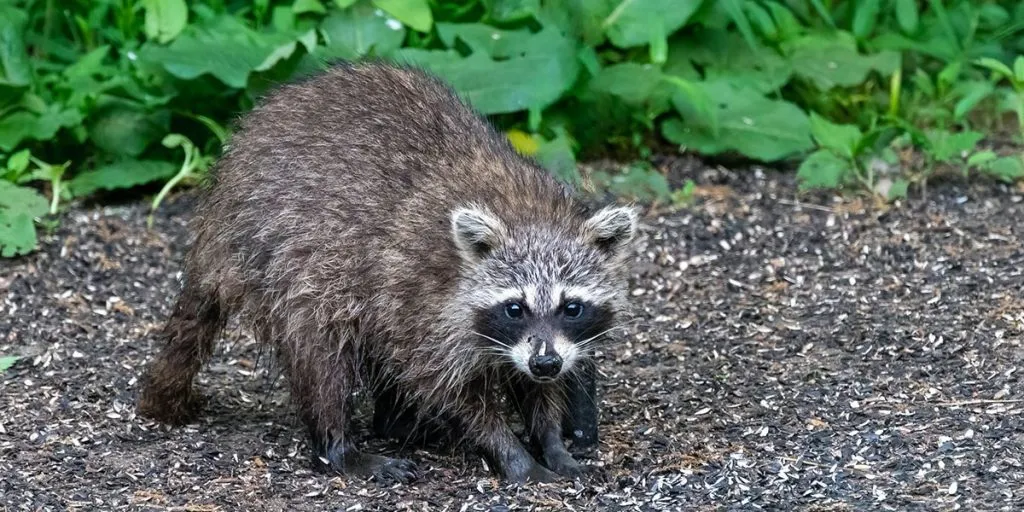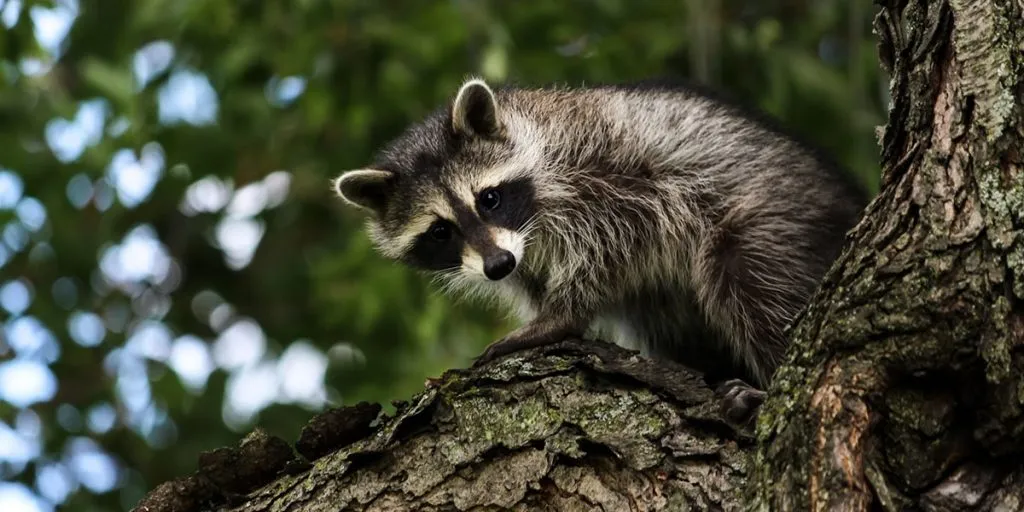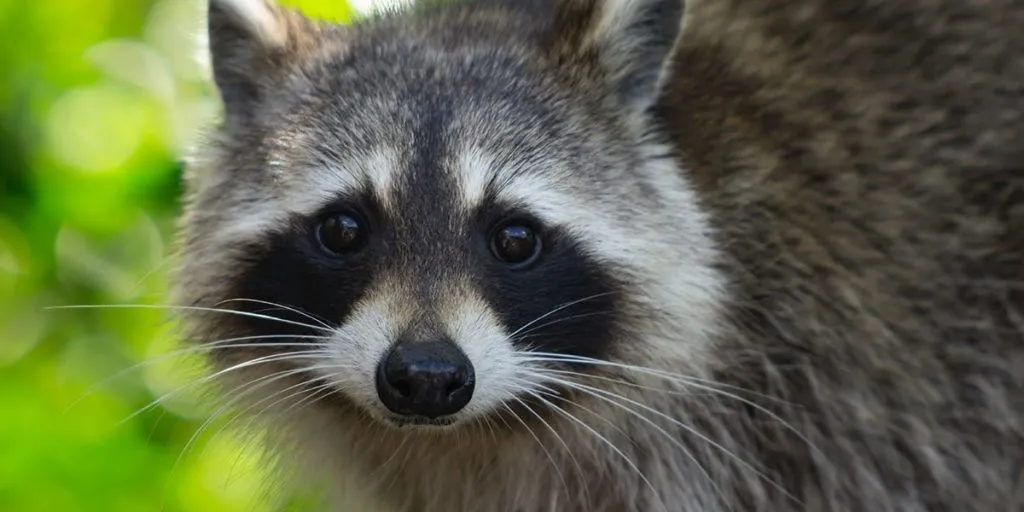To most people, raccoons are considered vermin. Similar to rodents like mice and rats, the raccoon is a known pest that often infiltrates our living spaces. While occupying the same ecological niche as rodents, raccoons cannot be classified as such.
Raccoons are not considered to be rodents, but are instead classified as musteloids (mammals of the weasel superfamily). Rodents are mammals of the order Rodentia, while raccoons are mammals of the order Carnivora. Specifically, raccoons belong to the family Procyonidae.
Raccoons share the most similarities with weasels, badgers, otters, ferrets, and minks. These are all species of the Musteloidea superfamily, which belongs to a completely different species tree than rodents would belong to.
Raccoons Are Not Rodents
It’s easy to see why people classify the raccoon as a rodent. About 70% of all mammals are classified as rodents, so why not raccoons? Similar to common rodents like mice and rats, the ‘trash panda’ scavenges for food around the house.
However, rodents (animals of the family Rodentia) are a completely different family of mammals. Biology considers the following groups of animals to be rodents:
- Mice
- Rats
- Flying squirrels
- Chipmunks
- Guinea pigs
- Porcupines
- Beavers
Just like raccoons, rodents are considered mammals. However, rodents belong to a different biological family tree than the raccoon. Even humans share more biological similarities to rodents than raccoons.
Both rodents and humans belong to the same superorder of mammals (Euarchontoglires). On the other hand, raccoons belong to the superorder Laurasiatheria. This superorder includes hedgehogs, bats, and foxes.
Interestingly enough, the Laurasiatheria superorder also includes giraffes, hippos, and zebra. But it also includes whales and dolphins. So you could say a raccoon is more similar to a dolphin or whale, than to a rodent!
Raccoons Are Not Marsupials
There are more misconceptions about the place of the raccoon in our natural world. One of these claims suggests that raccoons would belong to the Marsupial family (officially called Marsupialia). These are animals that usually carry their young in pouches, such as:
- Kangaroos
- Opossums
- Tasmanian devils
- Koalas
- Wombats
Raccoons do not belong to the family of Marsupials. While raccoons might seem similar to marsupial animals like the opossum, science classifies the raccoon under the family of Procyonidae. This family is part of a mammal group called musteloids, which is part of the order Carnivora.
Much like a rodent, a marsupial isn’t necessarily a meat-eating carnivorous animal (take for example the leaf-eating koala). On the other hand, a musteloid will always eat meat if given the opportunity.
Both Raccoons And Rodents Are Pests
It is common knowledge that raccoons are seen as common house pests. In this regard, these mammals are no different from rodents like mice and rats. Controlling common pests around the house is important for the health and safety of your family, including your pets.
Your cat might be able to eat a mouse, but a raccoon has the ability to kill a cat under specific circumstances.
That’s the key difference between rodent pests and musteloid pests. Musteloids like raccoons are bigger, usually omnivorous mammals that are a possible danger to young children and pets.
Both rodents and raccoons can be seen around the house year-round. Even raccoons do not go in hibernation, contrary to popular belief. While the critters are a little less active during the coldest months, they will remain a nuisance throughout the year. Much like the majority of rodents, these animals are not known to migrate in winter.
Rodents vs. Non Rodents
Differentiating between a rodent and a non-rodent can be complicated. A pest is a pest, right? In the world of biology, things are a bit more complicated. Animals do not necessarily get grouped based on their appearance, or the ecological niche they occupy.
Instead, the DNA similarities of animals are the deciding factor in classification.
Rodents like rats and mice differ in their DNA compared to non-rodents. Small animals that look like rodents aren’t always rodents in the scientific sense. If the DNA of a rodent-like is more closely related to another animal family or order, science classifies them as non-rodents.
Let’s use raccoons as an example of a non-rodent. If we look at the DNA of a raccoon, we can see that they are very similar to other musteloids, such as weasels or badgers. Raccoons are even tangentially related to red pandas and skunks. Even seals en bears share some similarities and belong to a similar group of organisms.
These animals look nothing alike, but they share the same ancestor species. Over time, they evolved. Adapting to their specific ecological niche and the local environment caused them to change their appearance. Rodents have a completely different ancestor, even though science is not sure where they evolved from.
What evolutionary scientists do know, is that the natural process of evolution is ongoing to this very day. We can find many species of rodents, and also many species of raccoons occupying a specific niche. That’s what makes the natural world so interesting!



